The AAC and YCA’s Take on the U.S. Treatment of Fixed Anchors
Shane Johnson and Byron Harvison share the American Alpine Club’s stance, and Jerry Gallwas shares the Yosemite Climbing Association’s stance
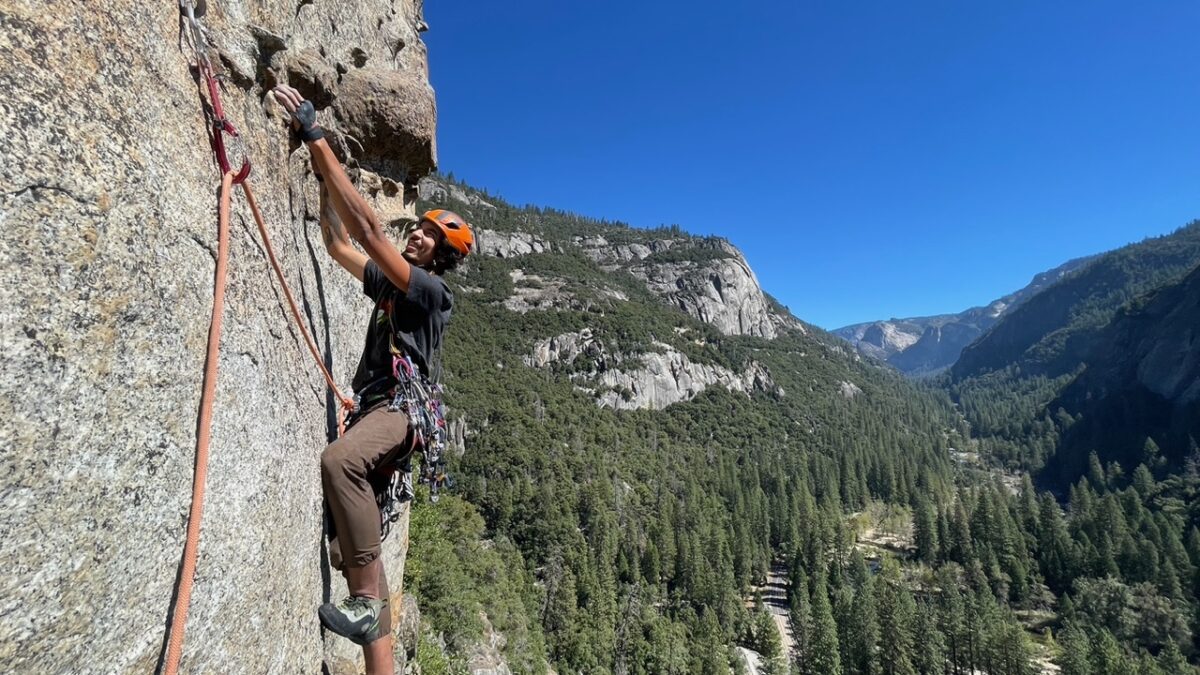 Photo by: Chris Van Leuven
Photo by: Chris Van Leuven
Today, Jan. 30, is the final day to send comments to the U.S. National Park Service and Forest Service who have drafted plans to change how fixed anchors are viewed in the wilderness. Here are the links to the Forest Service and the National Park Service websites where climbers’ voices can be heard on new legislation on public land management on what is being called the fixed anchor ban. The two agencies’ drafts treat fixed bolts, pitons, and slings as prohibited installations in wilderness areas.
“We have to see how it rolls out,” Gallwas says, who was on the first ascent party of Half Dome’s NW Face in 1957. “The politics on this are absolutely brutal, and the consequences of doing it wrong are nothing less than tragic.” Black Diamond and other companies in the climbing business agree with Gallwas.
The Access Fund says, “This is a huge blow to climbers that not only threatens America’s climbing legacy but puts the safety of our community at risk.”
National Park Service Spokesperson Cynthia Hernandez says, “Under the draft guidance, climbers could continue to use existing fixed anchors. Parks would evaluate all routes with existing fixed anchors when practicable, as funding and resources allow, through either a park, area, or route specific minimum requirements analysis (MRA). Where an MRA has not been completed, emergency replacement of a fixed anchor may be made when health or safety are at risk in a manner that allows the climber to exit the route in the most expeditious manner.”
The comment period for the Forest Service ends at 11:59 p.m. EST, while the comment period for the National Park Service expires at 11:59 p.m. MST (1:59 EST).

The American Alpine Club’s View
Last Friday (January 26), I called up Shane Johnson at the American Alpine Club in Golden, Colorado, to learn more. As marketing and communication vice president, Shane provided insight into the AAC’s upcoming view on the fixed anchor issue.
“A big part of the stance we’re taking is just trying to get climbers to engage and share their perspective,” Johnson says. “Policy director Byron Harvison has been working on a comment from the AAC on the US Forest Service piece and one for the National Park Service, obviously both dealing with wilderness and climbing regulations.”
Gallwas believes Harvison is a great fit for the AAC during this trying time. “Byron is an attorney with many years’ experience in dealing with the government. He was 14 years a JAG (Judge Advocate General) attorney for the Army and nine as an Armour Officer. So he knows what he’s doing and dealing with the government.”
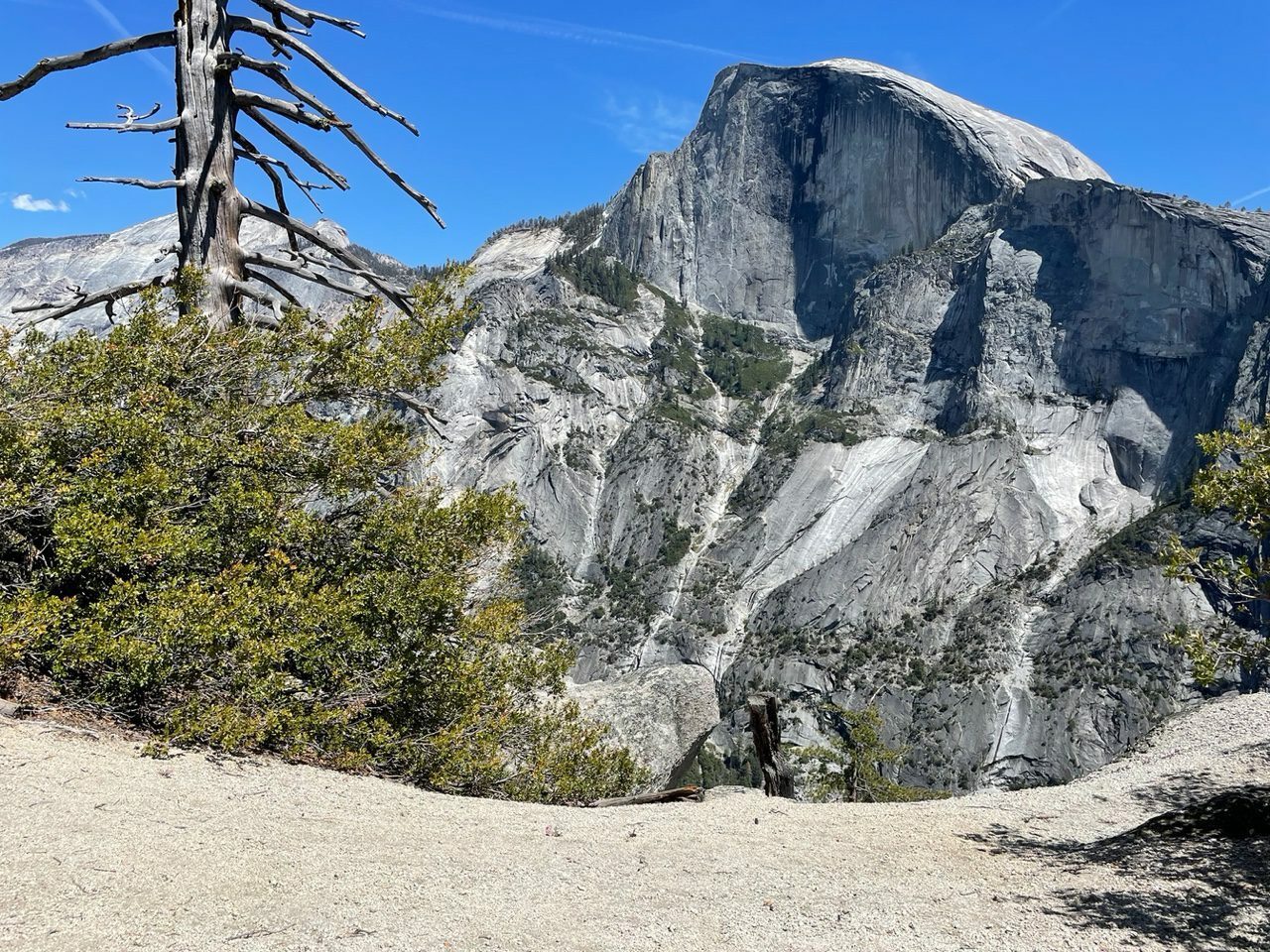
[“JAG Corps is a government law organization and one of the country’s largest law firms,” says GoArmy.com. “It defends the Army and its soldiers in all military legal matters. It provides important legal advice to senior Army officials.”]
Johnson continues, “From the few public comments Byron and I were looking at, climbers have been really engaged. I think there’s been well over 7,000 comments at this point.”
The Acts
There are a series of acts coming together from the U.S. federal and state parks that have roots in the 1964 Wilderness Act. This act covers 800 federally designated wilderness areas, including 112 million acres in the U.S., and states, “There shall be no temporary road, no use of motor vehicles, motorized equipment or motorboats, no landing of aircraft, no other form of mechanical transport, and no structures or installation within any such area(s).”
Bolts and other fixed gear are being viewed as “installation,” which have long been accepted but are now being challenged.
In addition to the Wilderness Act, the two park service drafts and two additional initiatives are at play, including the Explore Act, which provides guidance for land managers and those in charge of climbing areas. The other is the PARC (Protecting America’s Rock Climbing) Act, which “recognizes climbing as a legitimate activity in Wilderness areas and protects climbers’ ability to sparingly place bolts with a hand drill only,” says the Access Fund. The organization says climbing is a 12 billion-dollar-a-year industry.
I wanted to know more. I’ve also talked with Sasha DiGiulian, who lobbied Congress about the upcoming potential changes to fixed anchors in the wilderness.
As I waited for the AAC’s official comment, Johnson sent a link to the AAC’s Cathedrals of Wilderness page, highlighting significant climbs in national parks established before the 1964 Wilderness Act.
The link includes stories on the first ascent of D1 on the Diamond in Rocky Mountain National Park in 1960, Yosemite’s Salathé Wall on El Capitan in 1961, and the Diagonal in the Black Canyon of the Gunnison in 1963. Johnson says, “We just highlight three routes that used fixed gear in areas that are currently designated wilderness.”
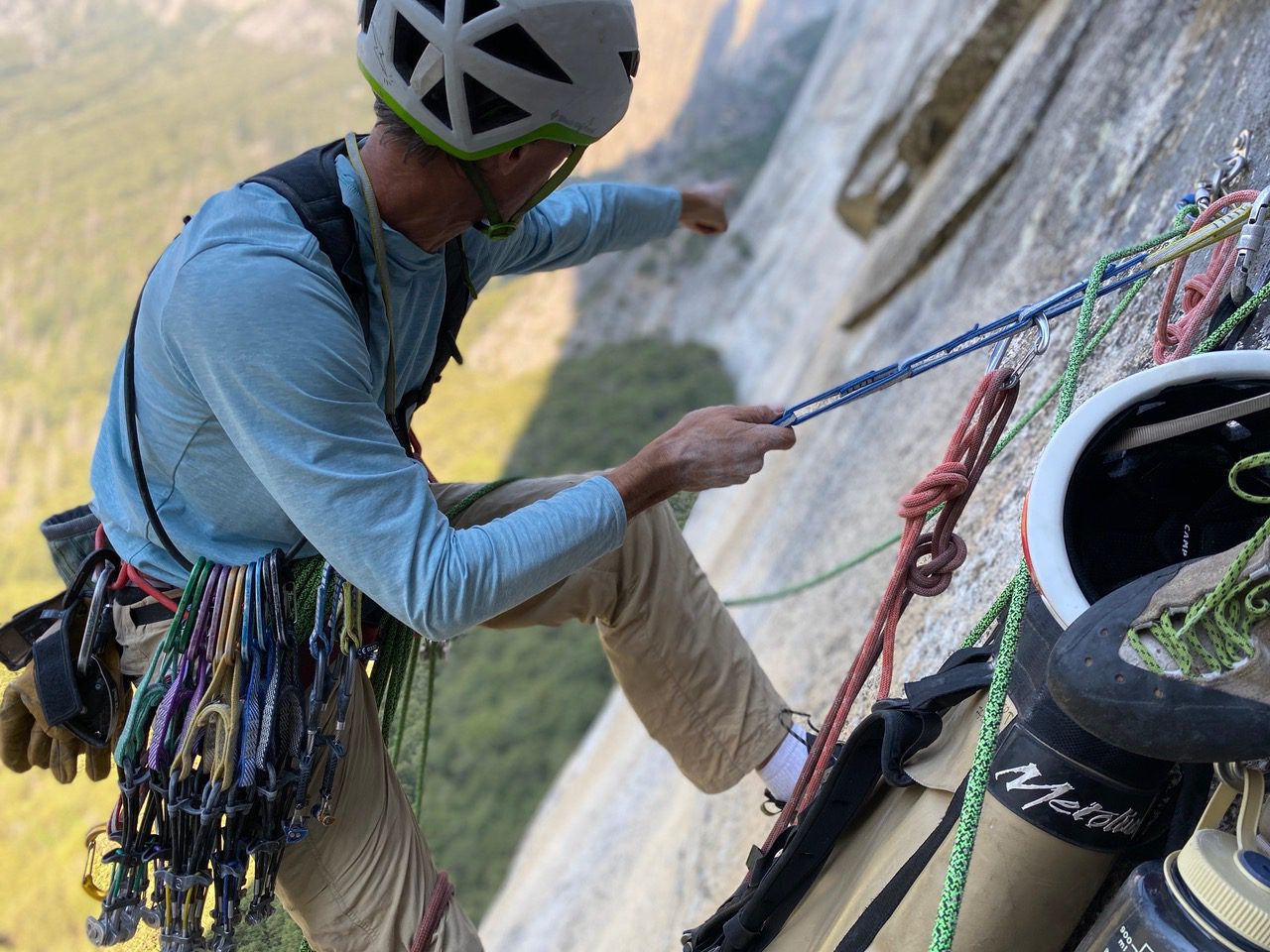
The AAC’s page reads:
These stories from before Wilderness as we know it shows that climbers were thinking with careful judgment about the wilderness experience, and sparingly using fixed gear—if it was in fact crucial for the ascent or descent at all. Since then, recreation, including climbing, has been a major tenet of what the Wilderness Act aims to protect. The question is: how do fixed anchors fit into that commitment moving forward? And how do Wilderness climbing’s roots inform that future?
The AAC Visits Yosemite
Last week, Harvison and AAC Executive Director Ben Gabriel visited the Sierra foothills and the town of Mariposa before heading to Yosemite to meet with top park personnel and head climbing ranger Jesse McGahey. Harvison and board members from the Yosemite Climbing Association, including Jerry Gallwas, Liz Robbins, Tommy Caldwell, and other Park representatives and policy directors, gathered to discuss upcoming options to protect America’s rock climbing on state and federal land.
Caldwell, who has testified to Congress and works closely with YCA, has put together a draft he’s working on with his sponsor, Patagonia.
Harvison told me they met in a conference room at the Park’s administrative building in Yosemite Village, where the parties discussed the recent General Agreement between Yosemite National Park and the American Alpine Club, as well as the current Wilderness climbing management proposals.
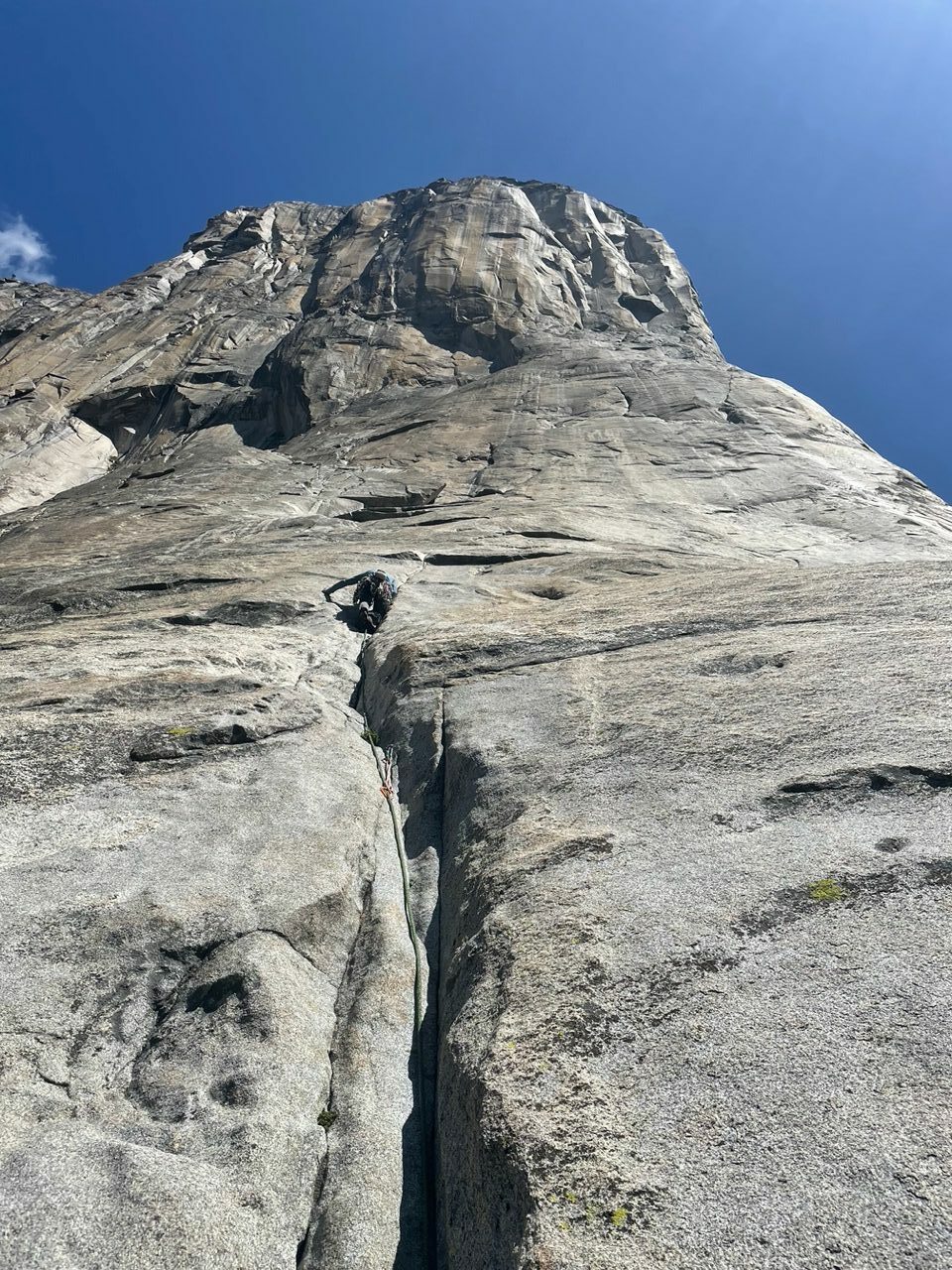
“When our comment gets made public tomorrow,” Harvison says, “we’re advising that they make either some pretty significant changes to the guidance before implementation. Or they revert to current directories, including Director’s Order 41, that’s been in place since 2013. Or they consider forming committees of various groups like wilderness groups, climbing groups, and other outdoor recreation groups alongside the agencies themselves to develop a more collaborative solution. We think that could be a potential off-ramp for a better solution.”
“And in terms of the congressional history, fixed anchors have never fallen under the definition of installation, until relatively recently.”
He continues, “But at least under the Park Service, the understanding is that fixed anchors are permissible in Wilderness. The Wilderness Act does not necessarily prohibit them, provided they are still in character with wilderness and are not prolific. I mean that fixed anchors should be rare in Wilderness. But we don’t agree that they fall under the definition of what an installation is.”
Jerry Gallwas Chimes In
“We met with Ben and also with Byron,” Jerry Gallwas tells me, who says YCA has also drafted an official comment and is currently reviewing it before submitting it to the agencies tomorrow, the same day the AAC will submit theirs. Gallwas says the groups had a “very good meeting. And then we had lunch in Mariposa before they split because they had a meeting in the park.”
“It’s a very critical time,” continues Gallwas. “You’ll see from our response that our concern is less for the proposed regulation than for the process because the process is dramatically flawed. The Park Service is marching into a Camp 4 litigation thing, for example, which we really shouldn’t repeat.”
Gallwas is referring to the aftermath of the historic Yosemite flooding in 1997 and when the Park Service drafted plans to replace Camp 4’s location with employee housing. “Climbers rallied around their scruffy but historic patch of earth. They sued to block the development,” Eric Bailey, author at the L.A. Times wrote, adding, “Russell Galipeau, Yosemite’s resource management chief, credited the climbing community with helping the National Park Service ‘see the history and significance of climbing and Camp 4.’”
Climber’s comments and the dedication of the late Tom Frost to fight the development helped save Camp 4 and have it placed on the National Register of Historic Places.
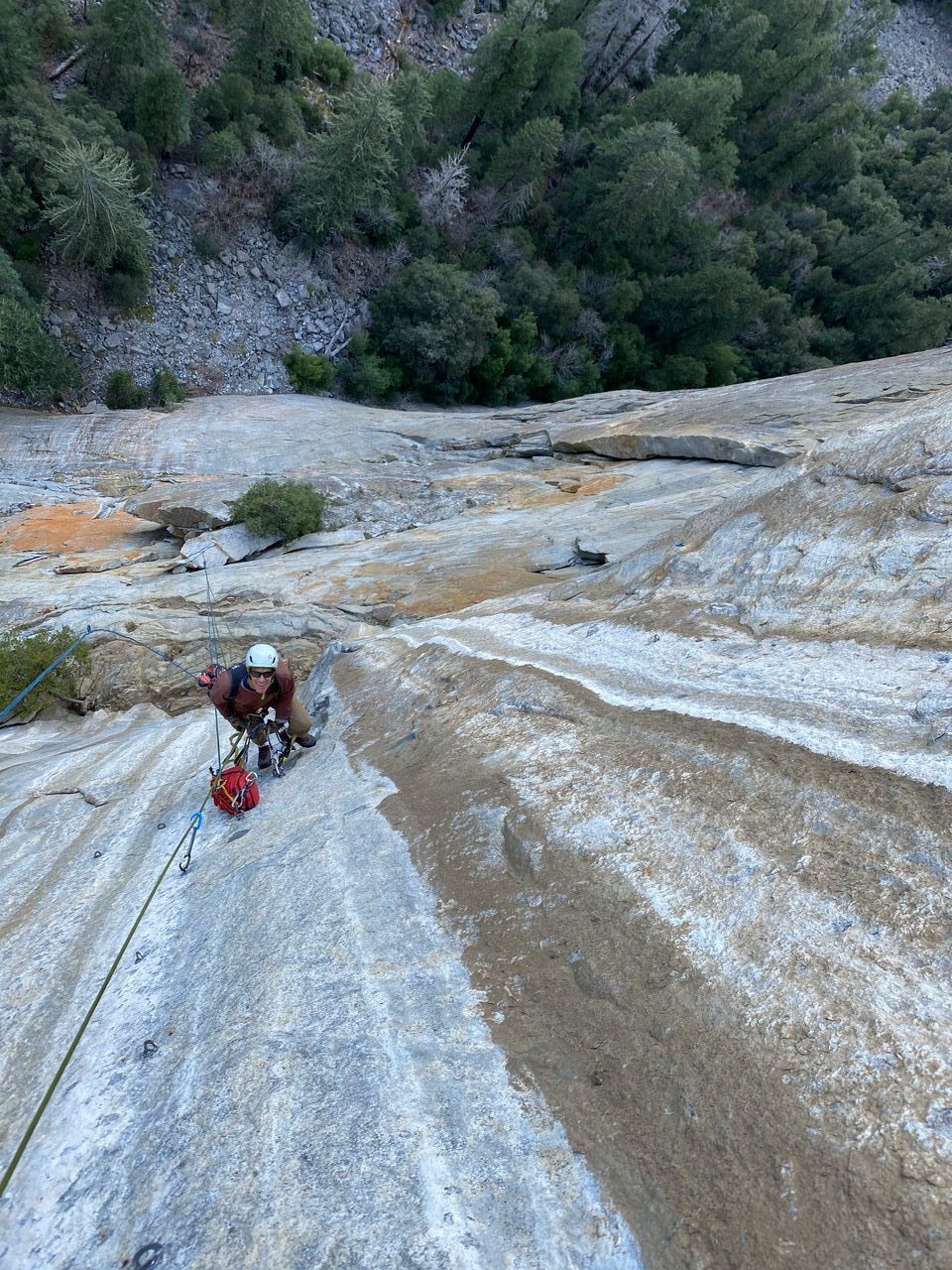
The NPS and Forest Service Drafts
Fast forward to today. The NPS draft reads, “This directive gives guidance for evaluating potential actions taken by park units to authorize the placement and/or replacement of fixed anchors for recreational climbing in NPS wilderness areas.”
The Forest Service Draft reads, “’fixed anchors’” are a type of installation under §4(c) of the Wilderness Act, consistent with the definition of that term in Reference Manual 41 §3.1 as ‘anything made by humans that is not intended for human occupation and is left unattended or left behind when the installer leaves the wilderness.” Fixed anchors fall into this definition because they are installed and remain in place long after the installer has left.”
The draft continues, “A Forest Supervisor may authorize the placement or replacement of fixed anchors and fixed equipment in the wilderness based on a case-specific determination that they are the minimum necessary for the administration of the area for Wilderness Act purposes.”
The AAC’s response to the agencies says, “By reclassifying fixed anchors (including slings, bolts, pitons, and ice screws) as prohibited installations in Wilderness and national forests, existing and new fixed anchors would require analysis and approval by the local land managers. This shift has the potential to impact historic climbing routes in iconic areas, as well as stifle future route development and fixed anchor maintenance for safety.”
I ask Gallwas why these drafts and threats to America’s climbing are happening now, especially since the Wilderness Act came out 60 years ago. He says he doesn’t know for sure and not to quote him — and that it’s a much longer conversation — but he adds, “You can’t pop down and mandate regulations to millions of climbers who are scattered all over the country and the rest of the world.”
Gallwas believes the climber’s input is helping bring up solutions. He said the AAC shared their draft with him and the rest of the YCA board, saying, “It’s very well done. They drafted a beautiful response.”
This story was updated at 11 a.m. on January 31, 2024.


